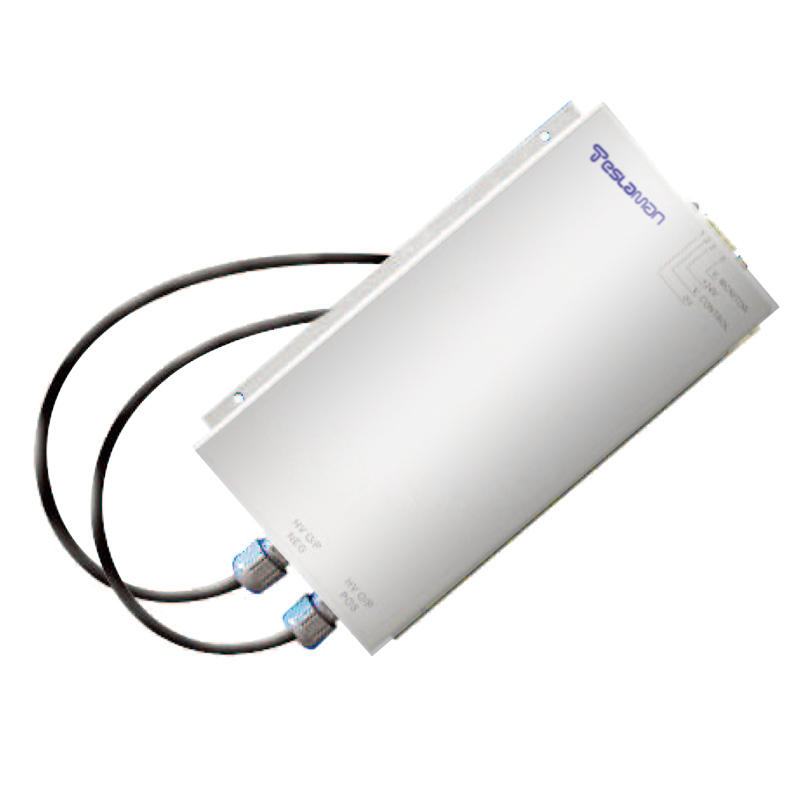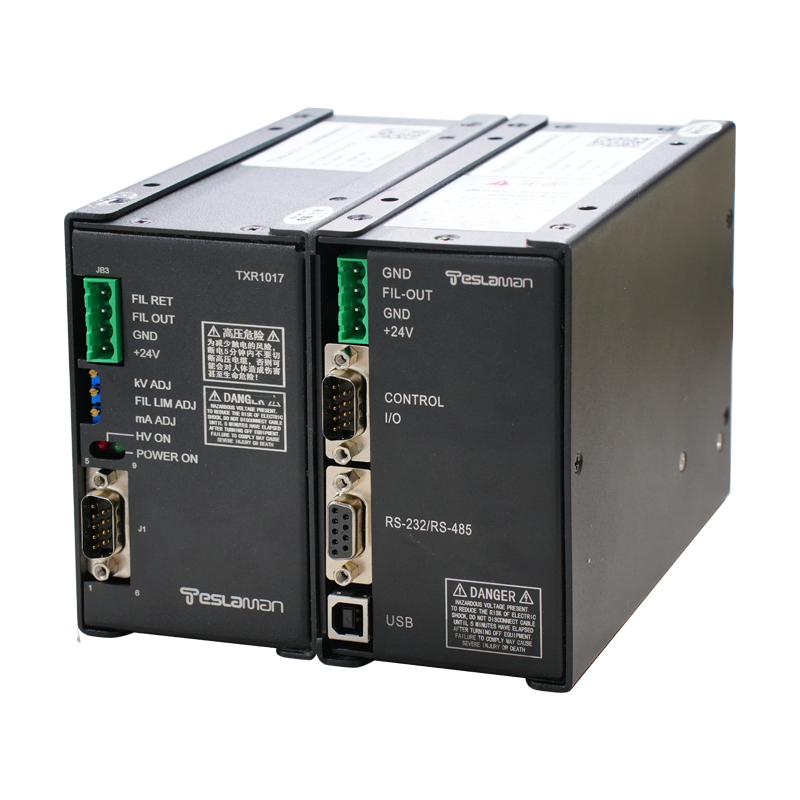Process Upgrades of High-Voltage Power Supplies for Coating Applications
In the field of vacuum coating, high-voltage power supplies serve as one of the core equipments, whose performance directly determines the stability of coating processes, film quality, and production efficiency. With the increasing requirements for film performance in industries such as precision manufacturing, optical devices, and new energy, the process upgrading of high-voltage power supplies for coating has become a key direction for technological iteration. This article discusses the cutting-edge developments in this field from three dimensions: technical principles, core upgrading paths, and application scenario expansion.
1. Technical Principles and Traditional Bottlenecks
High-voltage power supplies for coating generate high-voltage and low-current electric field environments to drive ion sources or electron guns for target sputtering, evaporation, and ion bombardment. Traditional power supplies mostly adopt power frequency transformer architectures. Although they have the advantage of simple structures, they suffer from inherent defects such as low energy conversion efficiency (usually below 70%), slow dynamic response (regulation cycles at the millisecond level), and large output ripple (ripple coefficient >5%). These issues lead to poor uniformity and insufficient adhesion of film deposition. Especially when preparing nanoscale multi-layer films or complex-component alloy films, quality hazards such as compositional segregation and structural defects are prone to occur.
2. Core Process Upgrading Paths
(1) Topological Structure Innovation: From Power Frequency to High-Frequency Digitalization
Modern coating power supplies are gradually abandoning traditional power frequency architectures and shifting toward high-frequency switching power supply technologies. By introducing topologies such as full-bridge phase-shifted soft switching and LLC resonance, the operating frequency has been increased to tens of kilohertz, with energy conversion efficiency exceeding 90%. Meanwhile, digital control systems based on DSP/FPGA achieve nanosecond-level dynamic responses, enabling real-time tracking of vacuum chamber pressure fluctuations (±0.1Pa) and controlling output voltage ripple within 1%. For example, in the magnetron sputtering of ITO conductive films, high-frequency power supplies can improve the uniformity of sheet resistance to ±3%, a 50% improvement over traditional power supplies.
(2) Multi-Field Collaborative Control: From Single Power Supply to Intelligent Regulation
New-generation power supplies integrate multi-physical-field collaborative control technologies. By embedding sensors to real-time monitor plasma density (using Langmuir probes), target temperature (infrared thermometry), and deposition rate (quartz crystal oscillation method), closed-loop feedback systems are constructed. A typical application is in the arc ion plating of diamond-like carbon (DLC) films, where the power supply dynamically adjusts the pulse duty cycle (with a regulation accuracy of 0.1%) based on real-time deposition rates. Combined with bias pulse frequency modulation (adjustable from 10kHz to 1MHz), it can precisely control the sp³ bond content in the film between 80%-95%, significantly enhancing film hardness (2000-4000HV) and friction coefficient (0.01-0.1).
(3) Energy Efficiency and Reliability Optimization
Process upgrades also focus on green manufacturing requirements: active power factor correction (APFC) technology improves the input-side power factor to above 0.99, reducing harmonic pollution (THD <5%). Micro-channel liquid cooling solutions increase power density beyond 500W/in³ while controlling the junction temperature of core components below 85°C, significantly extending service life (designed for ≥100,000 hours). In continuous coating production lines, upgraded power supplies can reduce energy consumption per unit film by 30%-40%, meeting the requirements of the ISO 50001 energy management system.
3. Application Scenario Expansion and Industry Impact
The process upgrading of high-voltage power supplies has promoted the large-scale application of coating technologies in emerging fields:
Optical Precision Manufacturing: In AR/VR optical element coating, high-frequency pulse power supplies combined with electron beam evaporation technology can produce nanoscale dielectric films with thickness uniformity <1%, meeting the high-precision requirement of visible light band reflectivity >99.5%.
New Energy Field: In the electrode coating process of lithium-ion batteries, the fast pulse modulation capability (rise time <1μs) of power supplies enables nanoscale uniform deposition of metallic lithium films, improving battery cycle life (>2000 times) and safety.
Microelectronics Packaging: In the copper interconnect process of advanced semiconductor packaging, the low ripple characteristics (<0.5%) of power supplies ensure that the roughness of seed layers prepared by magnetron sputtering is <5nm, providing critical support for through-hole filling with high aspect ratios (>10:1).
4. Future Development Trends
Looking ahead, high-voltage power supplies for coating will evolve deeply toward intelligence, modularization, and compounding. AI algorithm-based process parameter self-optimization systems (such as machine learning for predicting film performance), plug-and-play standardized power modules (compatible with different target materials), and compound power supply technologies integrating radio frequency, pulse, and microwave multi-mode outputs will become the next research priorities. These innovations will continue to break through the physical limits of film preparation, providing more competitive solutions for high-end manufacturing fields.




















